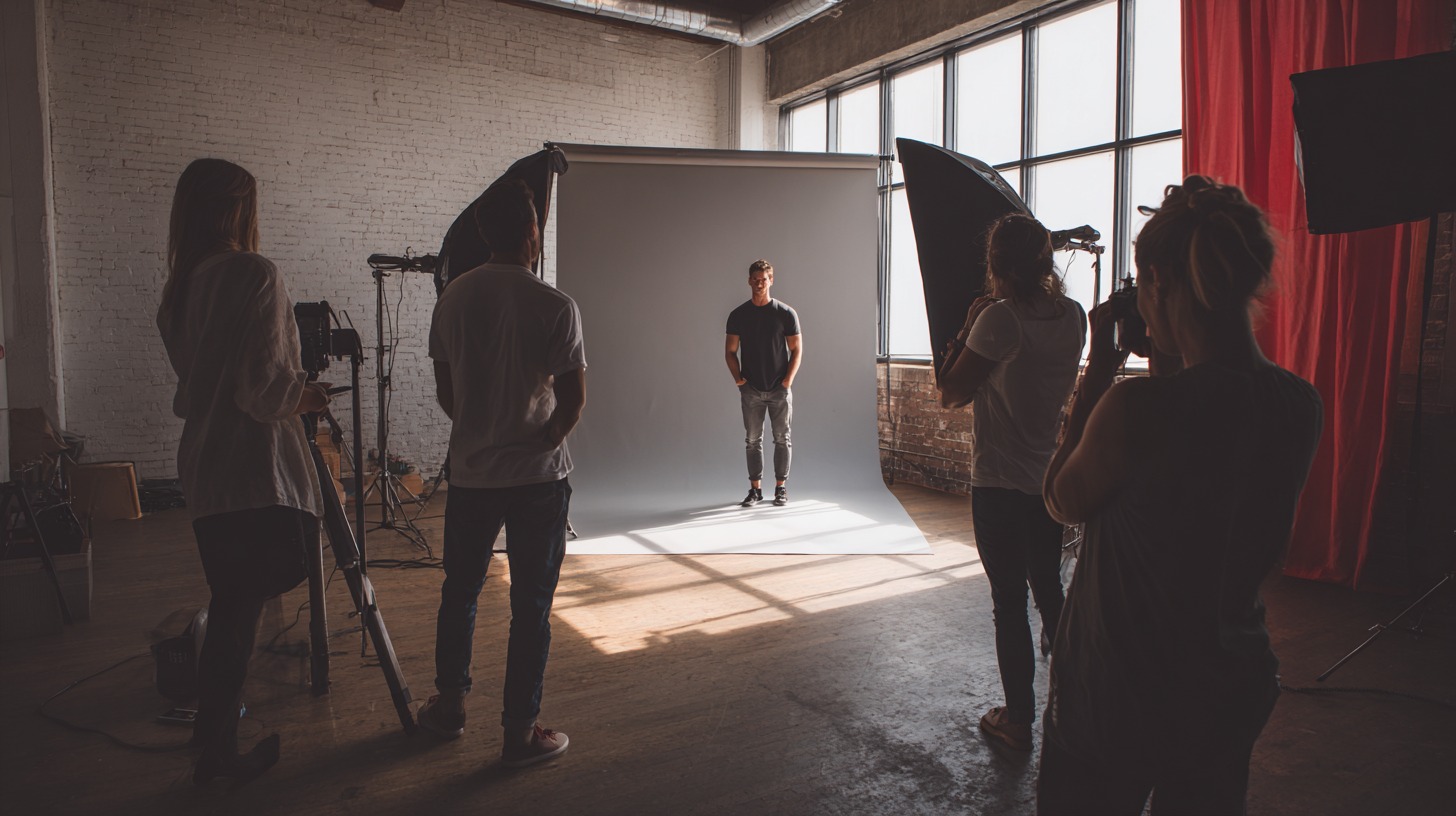10 Creative Ways to Use Backdrops in Your Photography
Backdrops influence mood, define tone, and sharpen focus. A carefully selected product photo backdrop adds style, structure, and visual clarity to any shoot.
Elements like texture, light, and color turn ordinary shots into professional-grade visuals.
Photographers can shift between portraits, e-commerce, or branding work with the right materials. Fabric, paper rolls, painted surfaces, or creative DIY ideas work across both studio setups and compact environments like a small product photography setup.
Every background matters. A soft, cool, simple background or a bold, colorful backdrop helps guide attention while reinforcing your message.
With the right approach, even the simplest setup becomes visually effective and memorable.
| # | Technique | Key Feature |
|---|---|---|
| 10 | Use Portable or Collapsible Backdrops for On-the-Go Creativity | Foldable, lightweight options for mobile setups |
| 9 | Play with Lighting Techniques to Transform the Background | Light alters mood, high-key for softness, low-key for drama |
| 8 | Layer Patterns and Graphics for Visual Interest | Adds visual energy using textures like brick, florals, or bokeh |
| 7 | Go Minimal with Solid, Seamless Paper for Professional Looks | Clean look for headshots or catalog-style product shots |
| 6 | Use Natural Elements as Organic Backdrops | Adds authenticity using plants, wood, and ambient light |
| 5 | Include a “Sweep” for Full-Body Shots | Seamless floor-to-wall transition avoids harsh lines |
| 4 | Experiment with DIY Backdrops | Cost-effective and adaptable for home studios |
| 3 | Create Mood with Hand-Painted or Artistic Backdrops | Hand-painted surfaces provide character and uniqueness |
| 2 | Choose Colors That Evoke Emotion or Contrast | Shapes emotion and viewer focus |
| 1 | Use Texture to Add Depth and Character | Adds tactile layer to portraits and product photo backdrop sessions |
10. Use Portable or Collapsible Backdrops for On-the-Go Creativity

Portable and collapsible backdrops offer freedom to shoot anywhere. They are lightweight, easy to fold, and quick to set up. Ideal for mobile work or small studio spaces.
Many come in solid tones or dual-sided formats with one neutral and one textured or colorful side. These make it simple to adjust your style to match the subject.
A versatile choice for this type of setup is the Brown-Blue Mid-Size Backdrop. Its painterly finish and size make it suitable for both portrait work and tighter spaces.
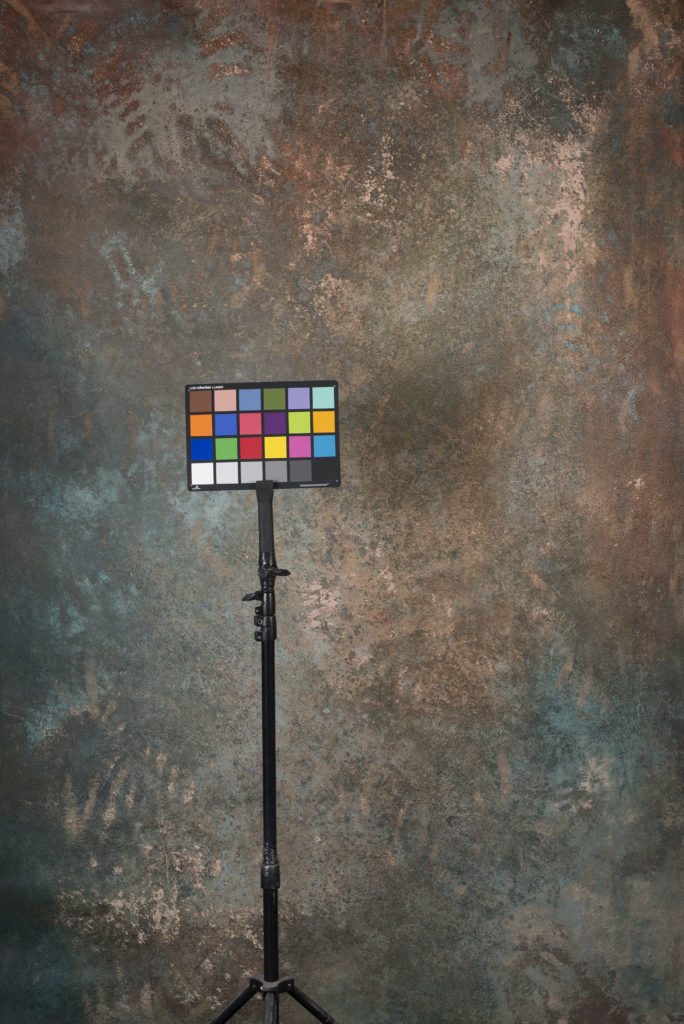
For product photography:
- Duo Boards or printed foam mimic surfaces like wood or concrete.
- These pair easily with small product photography setups and product photography stands.
No need to wait for natural lighting or scout new spots. Bring the studio with you. Combine with softbox lighting or reflectors for polish.
Portable backdrops make creative output consistent, no matter the location. They’re your mobile studio’s best friend.
9. Transform Your Background with Creative Lighting Techniques
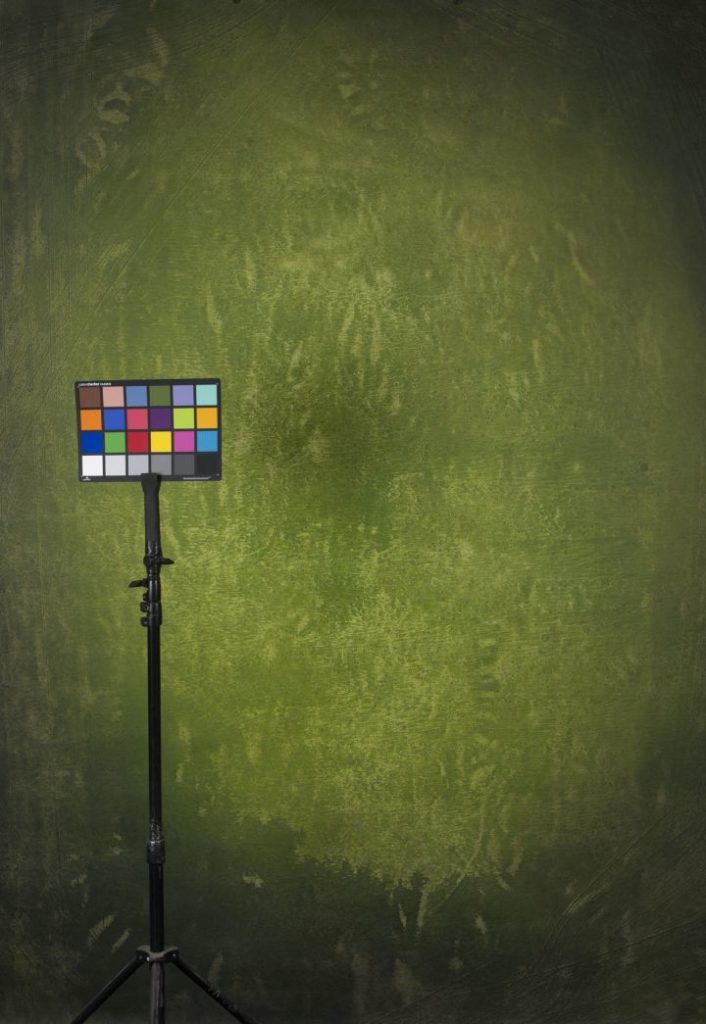
A single background can feel dramatically different depending on how it’s lit, making it one of the most powerful tools in your kit.
High-key lighting, which floods the space with light, can blow out your cool, simple background, creating a dreamy, ethereal look.
Low-key lighting, on the other hand, isolates the subject and darkens everything else, adding drama and intensity, perfect for moody portraits or luxury product photo backdrop shots.
Color gels over your light source turn a plain wall into a colorful backdrop in seconds. Use:
Grids and snoots give you focused beams, allowing you to highlight specific sections of the background or create intentional vignettes.
Backlighting can make translucent fabrics glow, while side lighting exaggerates texture. This is especially effective with materials like crumpled paper, velvet, or canvas.
Even in a small product photography setup, controlled spill light can be used to cast soft halos or gradients behind your product and product photography stands.
Light transforms ordinary materials into storytelling elements. With a few modifiers and creative positioning, your backdrop becomes more than a surface, it becomes a living part of the shot.
8. Incorporate Patterned and Graphic Backdrops for Visual Interest
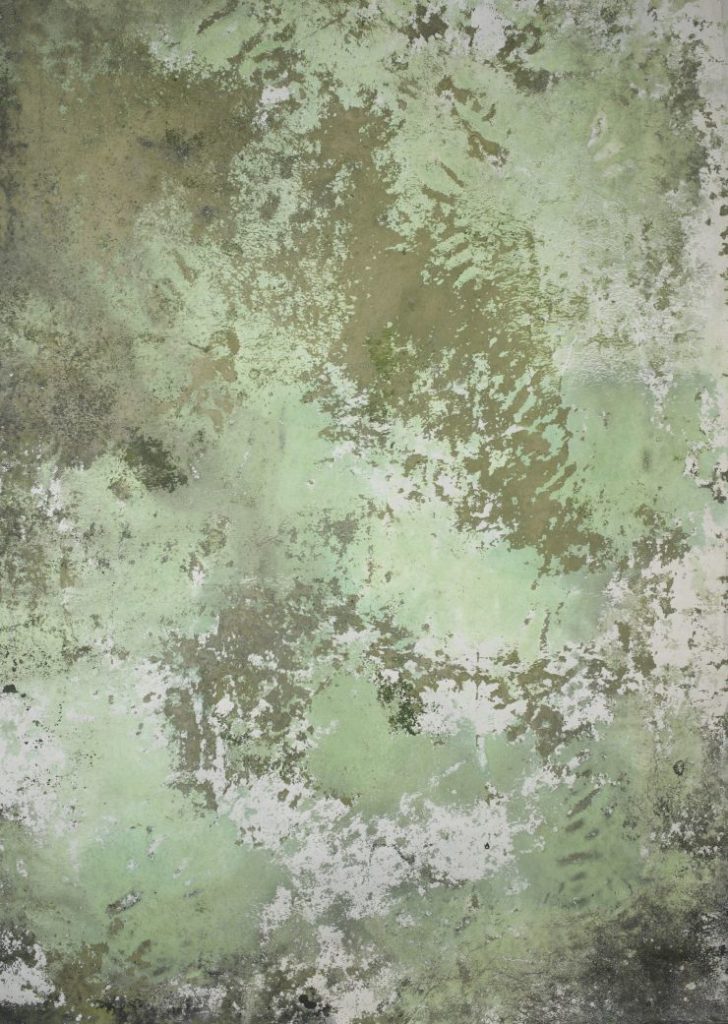
Patterns and graphics can instantly energize your composition. They introduce personality and detail that simple backgrounds often lack. Whether you’re working with a brick texture, a soft floral print, geometric shapes, or a blurred bokeh effect, these backdrop ideas are ideal for adding dimension to your shots.
The background for product photography should support the subject without drawing too much attention. A brick wall brings urban texture to fashion or fitness shoots. Floral patterns offer softness and warmth, perfect for maternity portraits or lifestyle branding.
In a small product photography setup, graphic backdrops similar to wallpaper or textured sheets work well. They provide enough visual flair to stand out, but still keep your product in focus. Acrylic sheets with etched designs are also great for more modern or creative photo backdrops.
View this post on Instagram
Layering adds another level of depth. You can combine textured materials like cloth or paper in front of printed backgrounds. This creates dimension and introduces soft shadows when lit properly.
Keep composition clean. Center your subject and use product photography stands to create structure. If the backdrop has bold elements, stick to simple props and neutral tones for clothing and packaging.
Patterns create rhythm within the frame. With a thoughtful approach, they become an effective tool for enhancing your visuals. These photo background ideas are especially useful when exploring cool photography backgrounds or testing new backgrounds for product photos.
Simple adjustments in layering and design can turn plain setups into something polished and memorable.
7. Use Seamless Paper for Clean and Professional Product Shots
Minimal setups provide control, focus, and timeless visuals. Seamless paper is ideal for headshots, clean product photos, or professional portraits where clarity is non-negotiable.
Seamless paper comes in rolls (typically 53 to 107 inches wide) and covers every color need. Grays, whites, and beiges offer flexible neutral options. Colorful backdrops, like teal, crimson, or lemon, inject bold energy when needed.
Proper spacing is essential. Always place your subject at least three feet away to avoid shadows and light spill. With correct technique, the paper disappears, and the subject takes center stage.
In product photography, seamless paper is key for clean compositions:
- Use it in full sweeps under product photography stands for consistency.
- Cut sheets for tighter shots of small objects.
Minimalism offers clarity, not dullness. A seamless paper backdrop helps your message stay sharp and undistracted.
6. Enhance Photos with Natural Background Elements
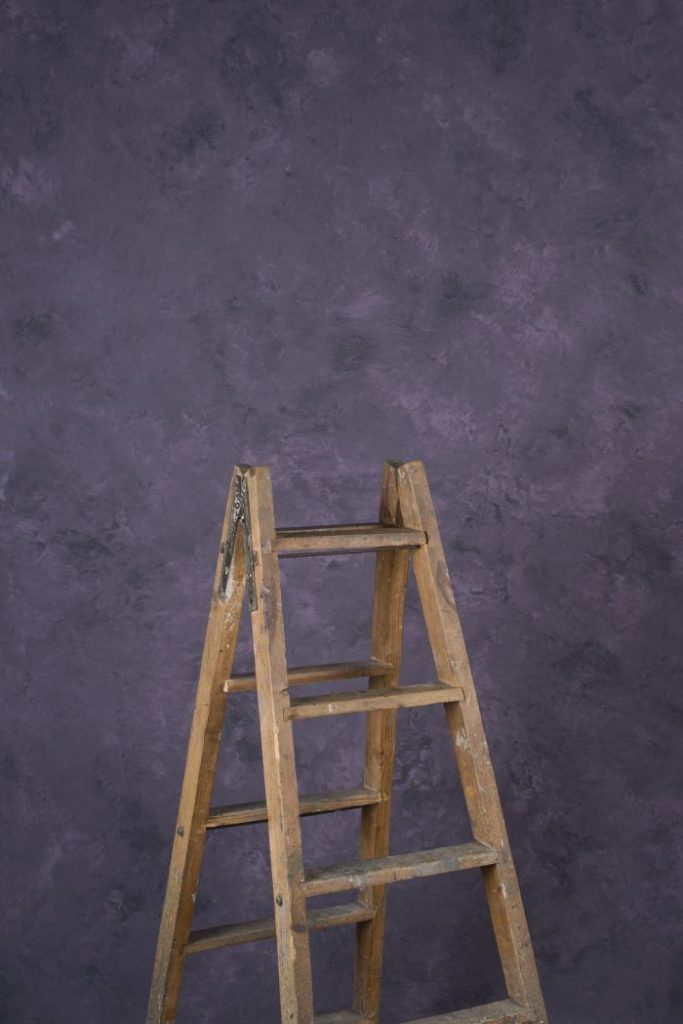
A strong background defines tone, builds structure, and focuses attention. It doesn’t have to be complex to be effective.
Use materials like painted plaster, aged metal, or natural stone. These are perfect as a
background for product photography that feels clean and modern.
- Concrete walls add a raw, urban edge
- Matte wood panels bring warmth
- Canvas or painted foam gives flexibility
A thoughtfully arranged natural setting can rival even the most advanced studio product photo backdrop.
Use soft natural light near a window or doorway. This helps create gentle shadows and enhances the background’s texture. Reflectors or whiteboards can direct the light for more control without adding artificial effects.
In small product photography setups, natural elements can be scaled to fit. A single wooden board or a strip of fabric can serve as the entire product photography background. Pair with simple props and place the subject at the center to keep attention focused.
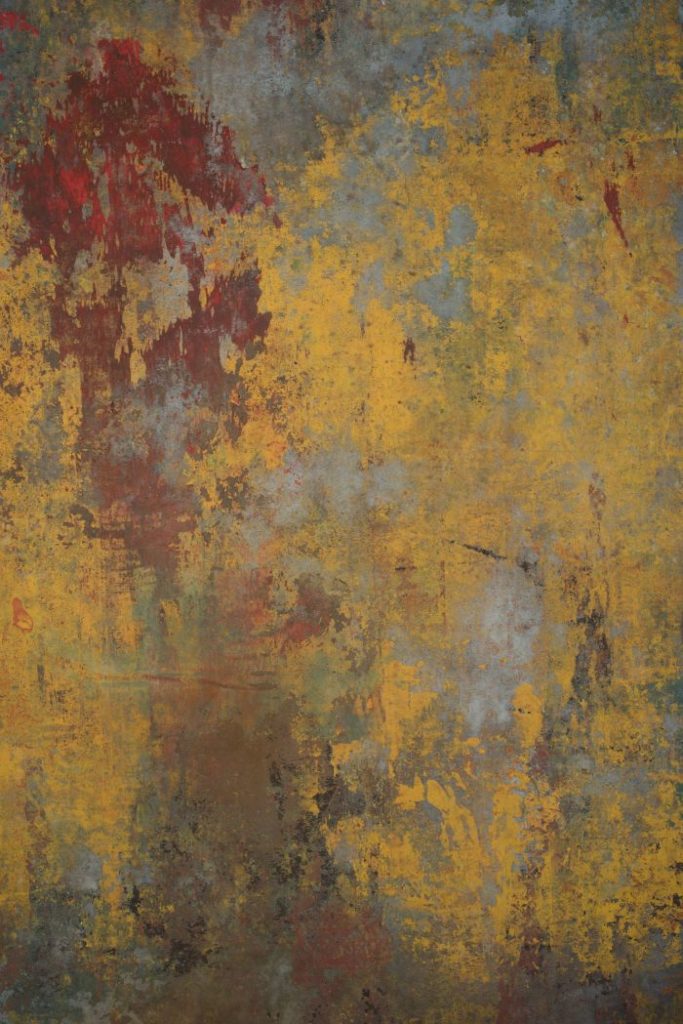
A photographer once shared how they styled a skincare shoot on a quiet afternoon using only natural light and a textured canvas. They placed the product on an ochre-colored backdrop with a matte finish that brought out the earthy tones in the packaging. That backdrop was the Ochre Strong Text ST—a hand-painted canvas with strong texture that added just enough visual interest without distracting from the product. The results looked clean and intentional, straight from a compact home studio.
Neutral colors work best. Grays, browns, and soft green backdrops blend easily and match a wide range of products. These backgrounds for product photos reduce visual noise and support a clean composition.
These easy background ideas also store well and are simple to replace or update. A textured wood board or piece of stone tile can be used again for different product lines. This keeps your photo backdrops ideas fresh without rebuilding your setup.
5. Create Seamless Full-Body Shots Using a Backdrop Sweep
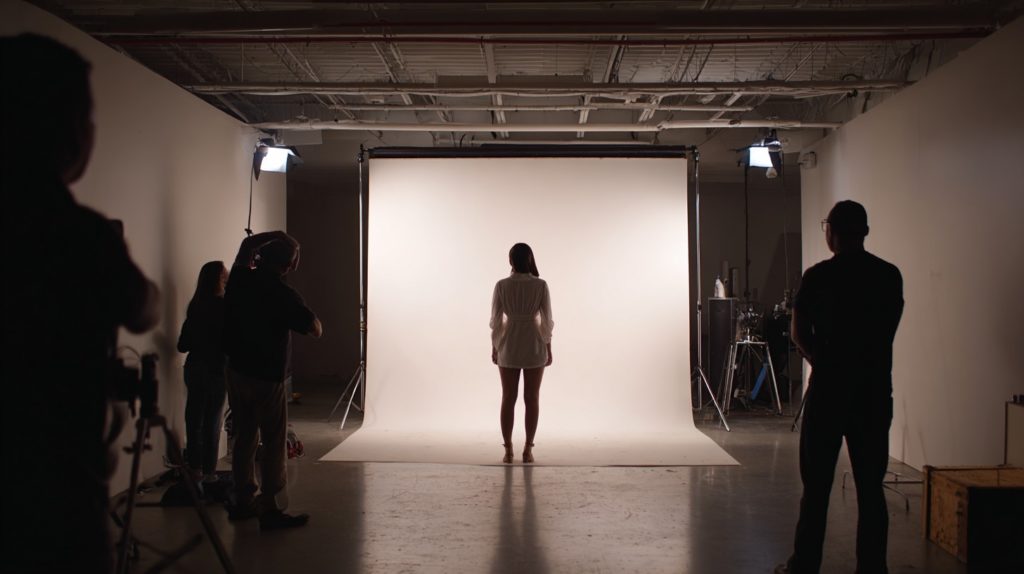
A backdrop sweep creates a smooth, seamless transition from wall to floor, ideal for full-body portraits, fashion shoots, or commercial product photo backdrop work. No harsh lines, no distracting corners.
Just one continuous surface that keeps attention where it belongs: on the subject.
To build a sweep, use a long backdrop roll, typically 5’x12′ or larger, that curves gently between the floor and wall.
Paper, vinyl, or heavy fabric all work well. The result is a professional-grade setup without the clutter of visible seams or folds. For e-commerce or editorial photography, this seamless effect enhances visual polish.
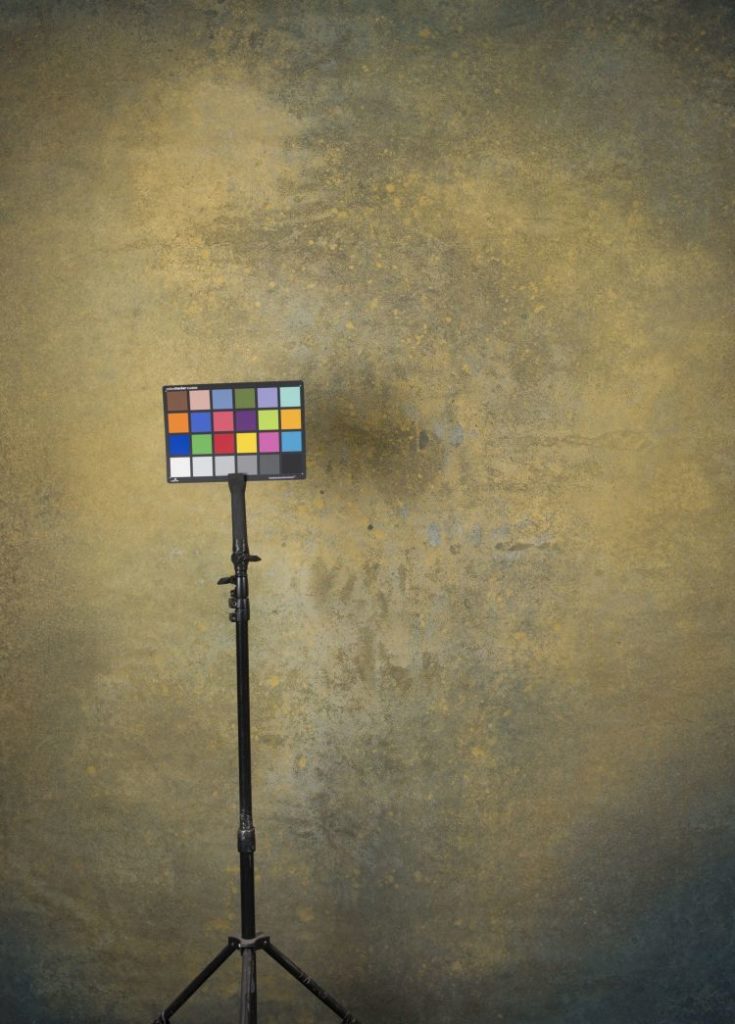
In fashion or lifestyle shoots, the sweep allows for more dynamic posing without spatial limitation. Models can move naturally, props can rest without breaking visual flow, and everything looks studio-ready.
For product photography stands, a sweep lets larger items sit cleanly without awkward shadows or intersecting lines.
Color matters here. Choose a colorful backdrop, as gold is in this situation, to add brand consistency or emotional tone. For example, soft gray gives a neutral, modern feel, while pale peach adds warmth to skin tones. Lighting should be diffused and even to maintain uniformity throughout the frame.
Keep subjects at least three feet in front of the backdrop to avoid shadows and preserve that floating, polished look.
4. Experiment with DIY Backdrops
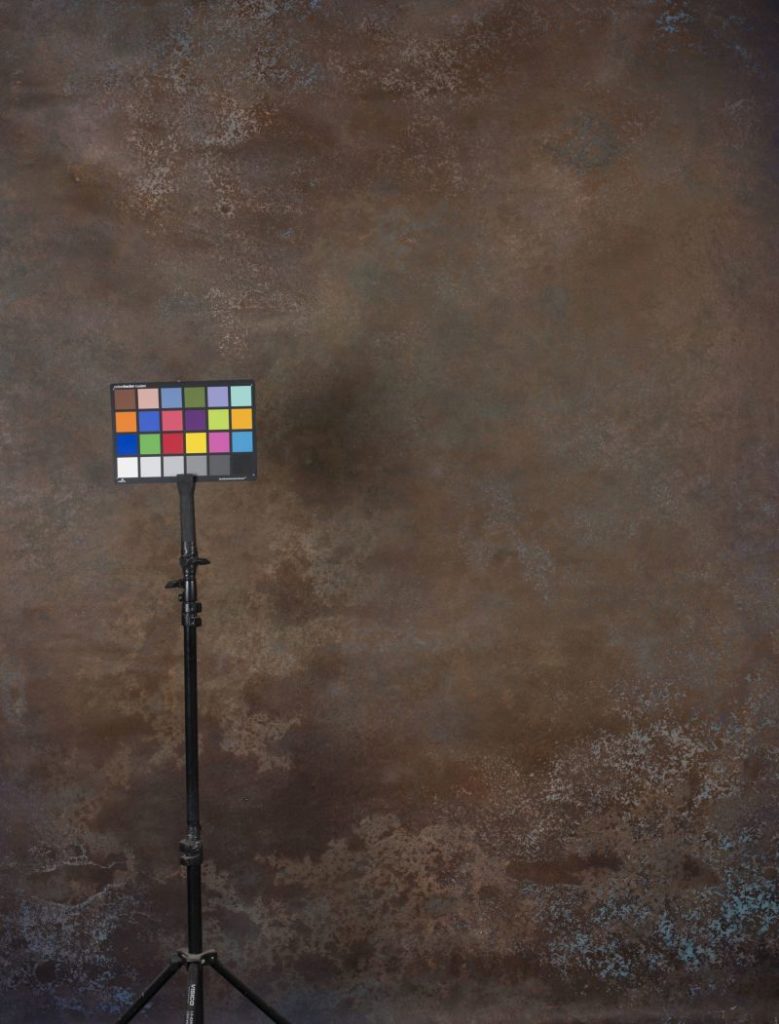
DIY backdrops are a smart choice for photographers working with a home studio or limited gear. They offer flexibility, creativity, and control over both style and cost. These setups work especially well in a small product photography setup, where space is tight but impact still matters.
Creative options include:
Painted MDF boards for hard, clean surfaces
Reclaimed wood panels for texture and warmth
Canvas or fabric scraps layered with paint or stain
Old sheets, drop cloths, or tablecloths reworked with sponging, spraying, or bleach designs
Every backdrop becomes part of your brand’s visual story. A matte charcoal-painted board gives a minimalist, controlled look. Weathered wood tells a story of texture and age. These simple adjustments bring personality to the frame.
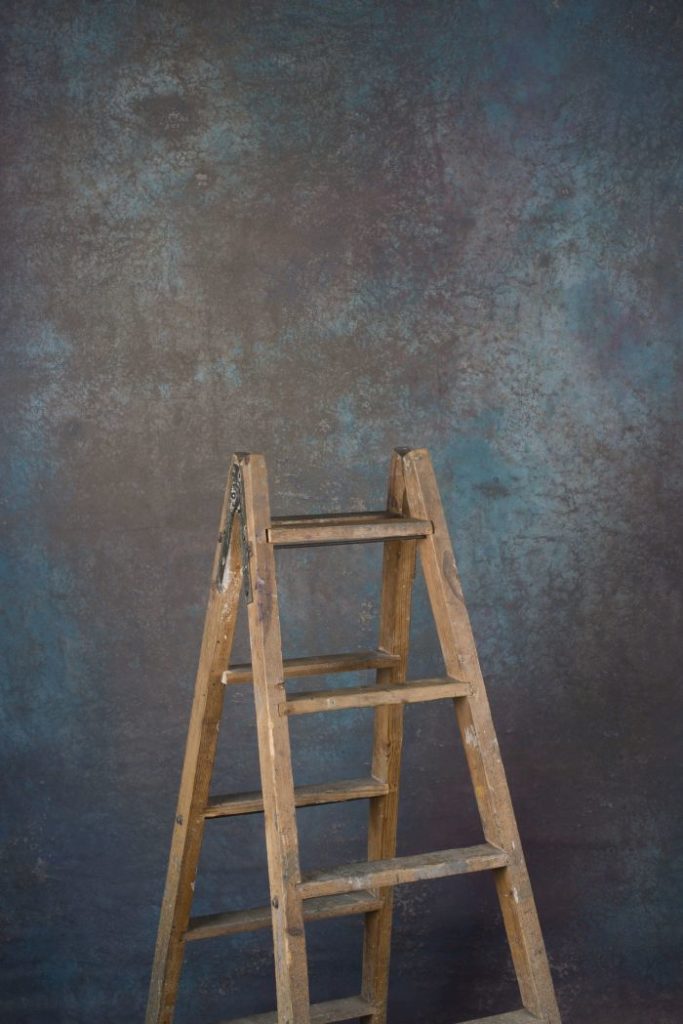
DIY doesn’t always mean starting from scratch. One photographer recently swapped out a homemade fabric backdrop for the Purple Tirquize to add more intensity to their flat lay sessions. The deep purples and turquoise tones brought dimension that layered lighting couldn’t achieve on a plain background. It proved that even within a DIY approach, a single professional element can elevate the entire setup.
Foldable materials, painted foam boards, and modular panels make storage and transport easy. You can experiment with color swatches, texture overlays, and soft lighting until you find a look that fits your subject.
DIY setups allow photographers to stay agile and creative while still producing polished, high-quality images. With thoughtful choices, you can build a backdrop that feels both personal and professional.
3. Create Mood with Hand-Painted or Artistic Backdrops
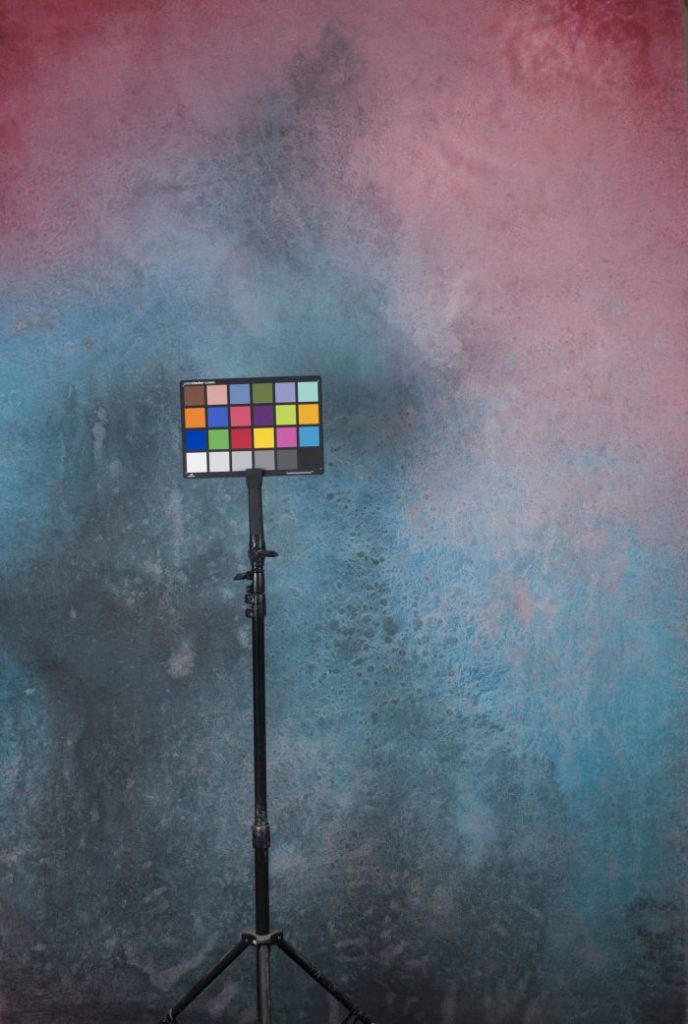
Artistic backdrops offer creative freedom and unmatched personalization. A hand-painted cool backdrop introduces mood and texture in a way that mass-produced options rarely achieve.
For fine art portraits or stylized editorials, hand-painted backdrops transform a basic studio into a dramatic visual space. Choose darker tones with expressive brushwork for moody character studies or soft watercolor effects for dreamy, romantic sessions.
These backdrops often feature a slight imperfection, and that rawness enhances the artistic tone.
DIY enthusiasts can create their own using MDF boards or heavy canvas. Apply paints with wide brushes, rollers, or sponges for layered depth. Don’t aim for perfection, let irregularities enhance the narrative quality.
Even a simple sponge dab can turn a flat color into something atmospheric. A textured wall effect using mixed media?
Lighting further shifts the mood. Play with shadows, colored gels, or directional light to highlight strokes and create volume. When paired with intentional wardrobe and prop choices, these artistic backdrops help photographers move into the world of visual poetry, even in a small product photography setup or editorial series.
2. Choose Colors That Evoke Emotion or Contrast
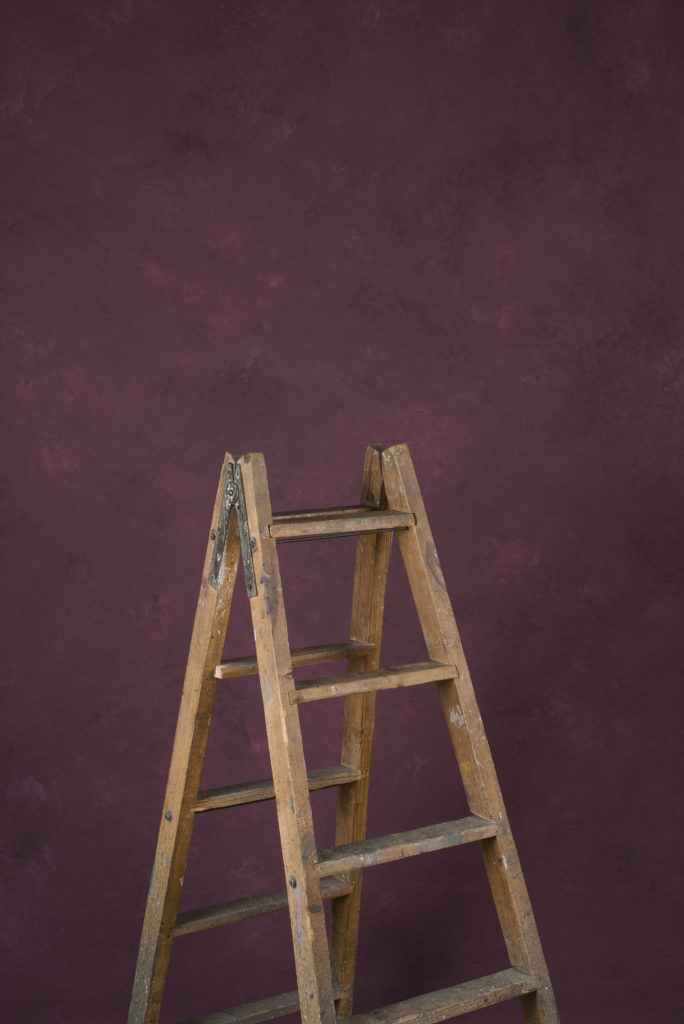
Color shapes how a viewer responds to an image. Selecting a colorful backdrop helps set the emotional tone, direct the focus, and elevate the subject visually.
Start by matching tone to intent:
- Soft pastels support peaceful moods, ideal for wellness, baby, or bridal themes.
- Bold reds or oranges convey urgency, excitement, or energy, great for fashion or sports.
- Muted olive or navy blue tones suggest control and subtle sophistication.
For contrast-heavy shoots, complementary color pairing works best. Try placing a subject in teal in front of a rust-colored cool backdrop for instant drama. Shooting a yellow product? Purple brings it forward in a small product photography setup.
Tips to keep things clean:
- Avoid clashing props, outfits, or packaging.
- Stick to color schemes that guide the viewer’s eye.
- Use analogous tones (e.g., blue, turquoise, green) to create visual calm.
Color choice isn’t just a design decision. It’s a powerful visual cue that speaks before anything else in the frame.
1. Use Texture to Add Depth and Character
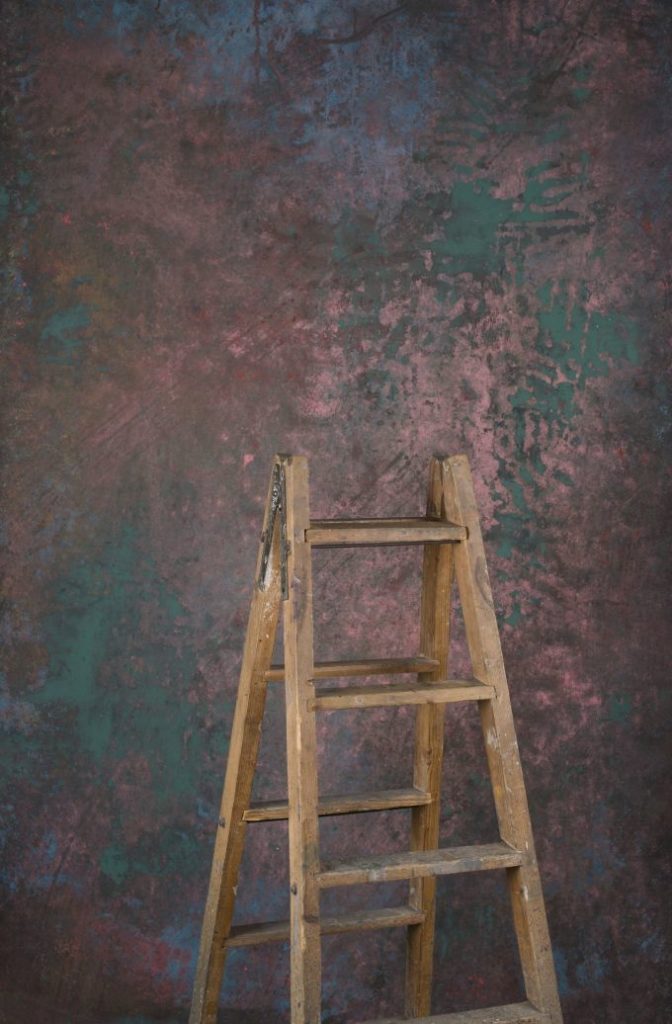
Texture adds visual depth that transforms flat compositions into vibrant, layered photographs.
Materials like muslin, canvas, burlap, or wooden panels introduce a tactile dimension, especially useful in portraits and product photo backdrop sessions.
A textured surface contributes to the frame:
- Canvas gives a painterly atmosphere ideal for editorial looks.
- Aged wood panels suggest rustic elegance.
- Crumpled muslin adds an organic, emotional tone to black-and-white or moody portraits.
Lighting is the key to maximizing texture.
Use side lighting or directional sources to:
- Highlight fabric folds and rough surfaces.
- Enhance shadows created by grain or creases.
- Accentuate the fiber structure in materials like canvas.
Try misting fabric with water or stretching it oddly for custom folds. Add colored gels or diffused light for additional mood control.
No complex tricks are needed. With the right texture, light, and surface, even a simple setup can result in cool, simple backgrounds that elevate the subject.
Summary
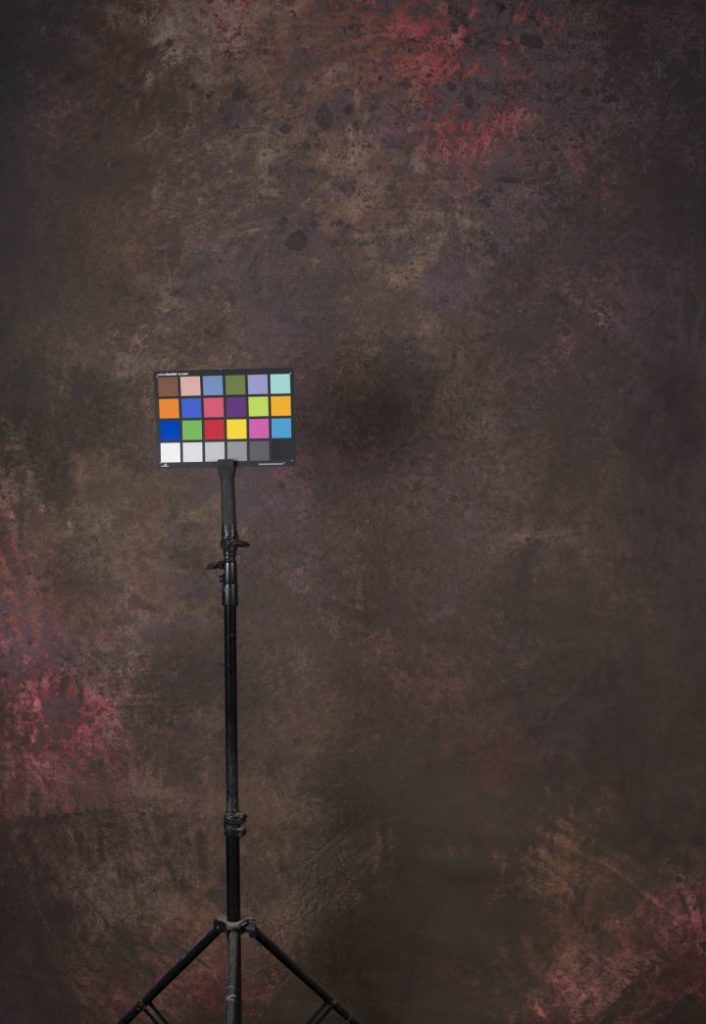
Backdrops define mood, tone, and focus. These visual elements support composition while anchoring attention exactly where it needs to be.
Color selection should always have a purpose. Lighting brings volume, while texture or print adds energy and detail. Even a basic small product photography setup can produce studio-quality results with just the right visual layer behind it.
Use what’s available, and customize often. With fabric, paper, light, or DIY builds, every cool simple background can shape perception and elevate the final image.

